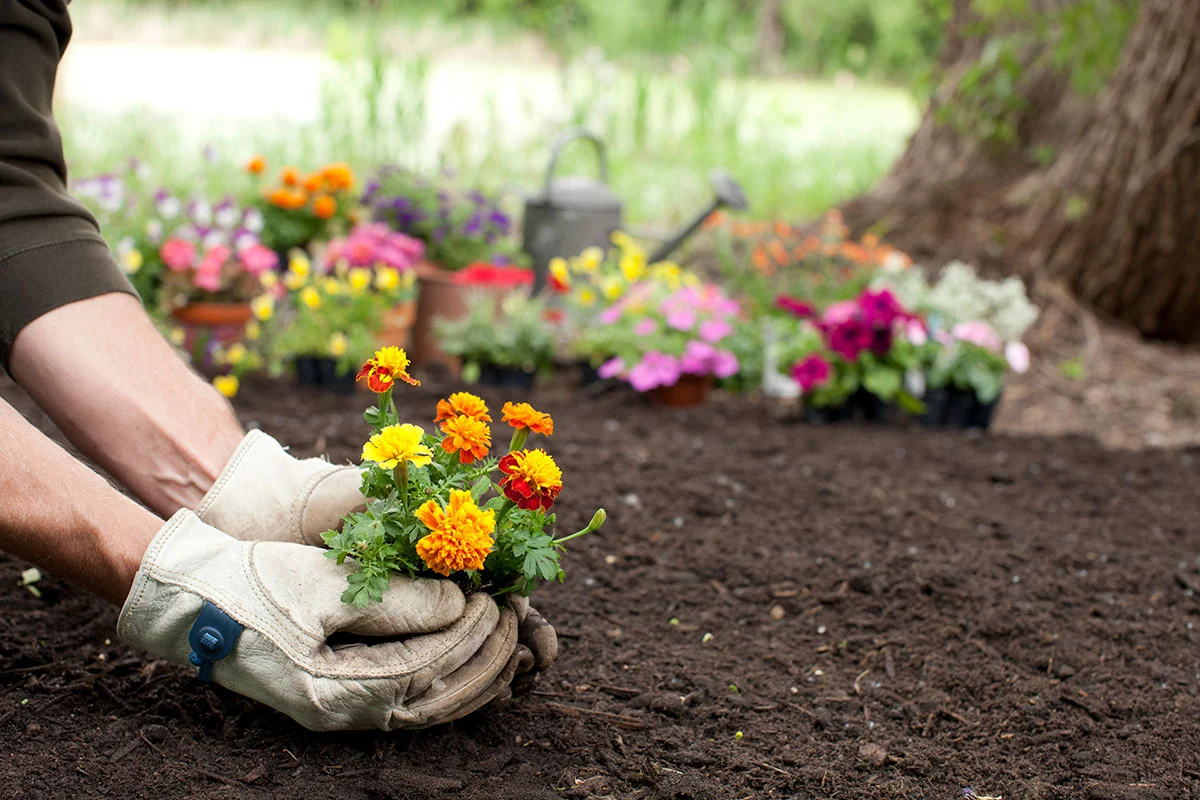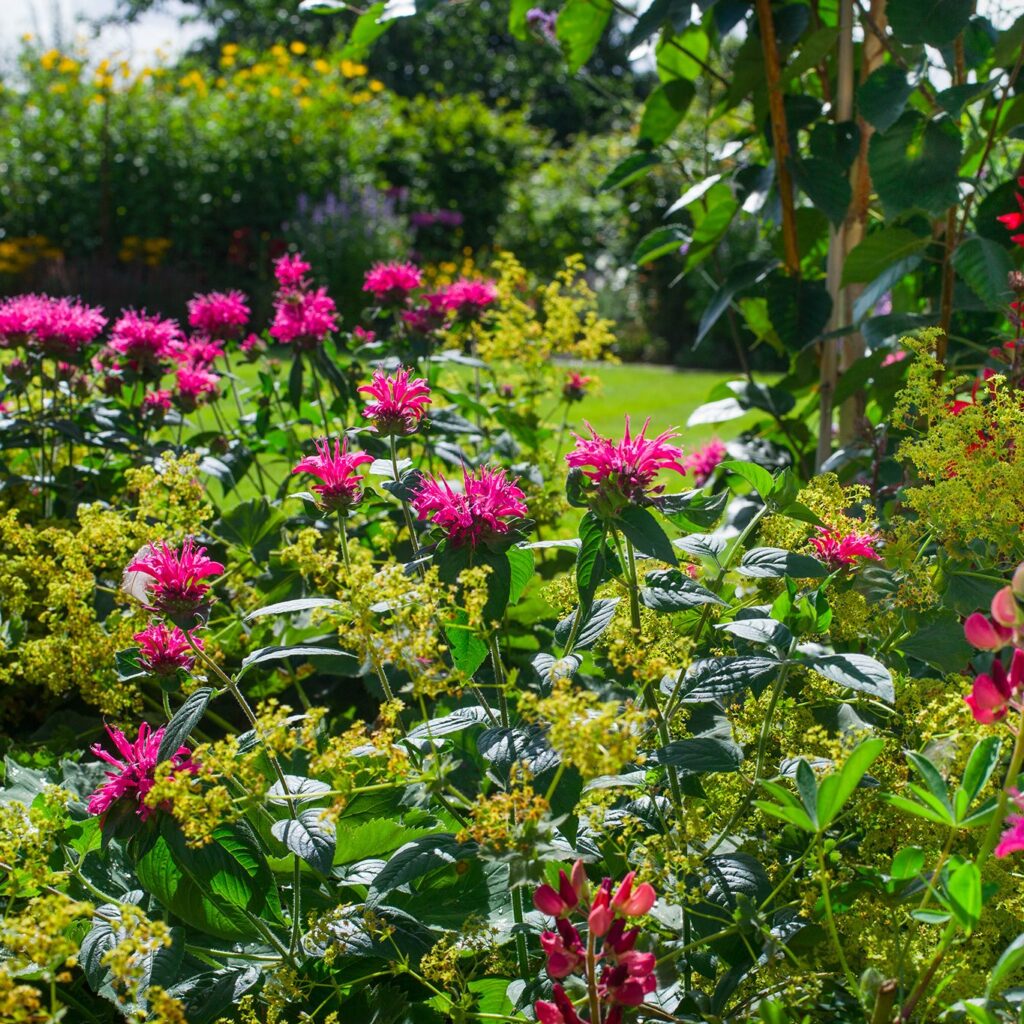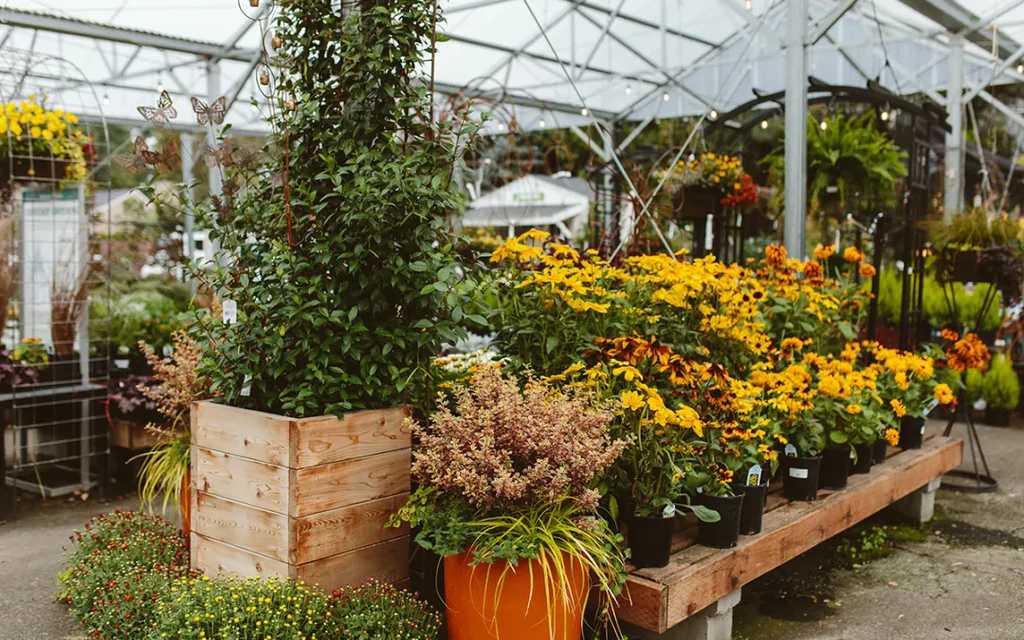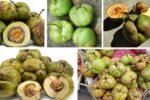Who doesn’t love the sight of colorful, blooming flowers in their garden? The joy of fresh blooms isn’t something you need to reserve for spring or summer alone. With the right choices and care strategies, you can enjoy a vibrant garden all year long. Whether you have a large backyard, a cozy balcony, or a few window boxes, there’s always a way to keep flowers blooming.
In this detailed guide, we’ll cover practical and easy-to-follow tips to help you grow flowers year-round, no matter your space or climate. From selecting the right plants to mastering seasonal care routines — you’ll soon have a garden that never goes out of style.

Why Aim for a Year-Round Flower Garden?
Having flowers in your home or garden throughout the year offers countless benefits:
- Brightens up your home and outdoor spaces
- Provides constant color and fragrance
- Boosts mental well-being and reduces stress
- Supports pollinators like bees and butterflies
- Creates beautiful, ever-changing scenery
And the best part? With some planning, anyone can do it.

1. Understand Your Climate Zone
The first step to growing flowers year-round is knowing your USDA Hardiness Zone (or the equivalent in your region). This will help you choose plants that naturally thrive in your local climate.
Find your zone:
Check the USDA Hardiness Zone Map online or consult a local nursery.
Why it matters:
Certain flowers flourish in cold winters, while others prefer tropical heat. Planting within your zone’s recommended range ensures healthier, longer-lasting blooms.

2. Choose a Balanced Mix of Annuals, Perennials, and Seasonal Blooms
A smart flower garden is built on variety and timing. Here’s how to combine different plant types for continuous blooms:
Annual Flowers
Complete their life cycle in one season but bloom prolifically.
- Examples: Petunias, marigolds, zinnias, pansies
- Best for: Quick color bursts in spring, summer, or fall
Perennial Flowers
Return every year, often with long bloom times.
- Examples: Coneflowers, daylilies, black-eyed Susans, lavender
- Best for: Consistent structure and seasonal blooms
Bulbs and Seasonal Plants
Many flower from early spring to late fall.
- Spring: Tulips, daffodils, hyacinths
- Summer: Lilies, gladiolus
- Fall: Chrysanthemums, asters
- Winter (indoor or mild climates): Cyclamen, hellebores, amaryllis
Pro Tip: Stagger planting times and choose species with different bloom schedules.

3. Grow Indoor Flowers for Winter Color
If your outdoor space goes dormant in winter, bring nature indoors with potted flowering plants.
Great indoor flowers:
- African violets — bloom almost year-round with indirect light
- Orchids — long-lasting, exotic flowers
- Amaryllis — winter-blooming bulb
- Begonias — shade-loving indoor color
Indoor care essentials:
- Place near sunny windows or under grow lights
- Maintain temperatures between 60°F–75°F
- Water only when the top inch of soil feels dry

4. Plan a Seasonal Flower Calendar
Creating a flowering calendar helps you know which plants bloom when — so your garden always has something in season.
Sample bloom plan:
- Spring: Tulips, daffodils, primroses
- Summer: Zinnias, marigolds, cosmos
- Fall: Mums, sedum, goldenrod
- Winter: Hellebores, cyclamen (or indoor orchids)
Mix perennials with fast-blooming annuals to fill gaps and keep colors rotating.

5. Use Containers and Raised Beds for Flexibility
Containers and raised beds let you control soil quality, drainage, and placement — which means you can easily swap out seasonal flowers or bring tender blooms indoors during cold snaps.
Tips for container gardening:
- Use pots with drainage holes
- Choose a high-quality, well-draining potting mix
- Group containers with similar water and light needs
- Rotate plants seasonally for fresh looks and blooms
6. Master Deadheading and Pruning
Regularly removing spent flowers (deadheading) encourages most plants to produce more blooms.
Deadheading benefits:
- Keeps plants tidy and attractive
- Prevents seed production (which slows blooming)
- Prolongs flowering seasons
How to do it:
- Use clean scissors or your fingers
- Snip below the spent flower but above the next healthy leaf or bud
Also, prune overgrown or leggy plants to promote healthy growth and new flowers.
7. Fertilize Strategically
Flowering plants expend a lot of energy producing blooms, so consistent feeding is key to year-round color.
Fertilizing tips:
- Use a balanced (10-10-10) or bloom-boosting fertilizer (e.g., 15-30-15) for flowers
- Feed every 2–4 weeks during the growing season (spring–fall)
- Reduce feeding in winter, especially for dormant outdoor plants
- Always water before applying liquid fertilizers to avoid root burn
8. Water Smartly
Water is essential, but too much or too little can shorten bloom life or kill plants.
Smart watering rules:
- Water deeply, less frequently (rather than shallow daily sprinkles)
- Early morning watering helps prevent fungal diseases
- Adjust watering based on season and rainfall
- Group plants with similar water needs
Bonus tip: Use mulch to retain soil moisture and regulate temperature.
9. Provide Adequate Light
Most flowers need at least 6 hours of sunlight daily for vigorous blooms. Observe your space to determine light levels and plant accordingly.
Full sun plants: Zinnias, petunias, marigolds
Partial shade plants: Impatiens, begonias, foxgloves
Shade-tolerant plants: Hostas (foliage focus), ferns, bleeding hearts
If natural light is scarce, consider supplementing with grow lights indoors during winter.
10. Protect Flowers from Seasonal Hazards
Each season presents its challenges:
Summer: Intense heat — provide afternoon shade or mulch
Fall: Early frosts — cover tender plants at night
Winter: Heavy snow or freezing — move container plants indoors
Spring: Late cold snaps — monitor forecasts and protect young shoots
Being proactive helps preserve blooms and plant health.
Final Thoughts
Growing flowers year-round isn’t about having perfect weather or endless time — it’s about smart plant choices, understanding bloom cycles, and adjusting care routines with the seasons. By mixing perennials, annuals, indoor flowers, and containers, you can enjoy continuous blooms and color no matter the month.
With a little planning and these easy tips, you’ll turn your home and garden into a blooming paradise, 365 days a year.





